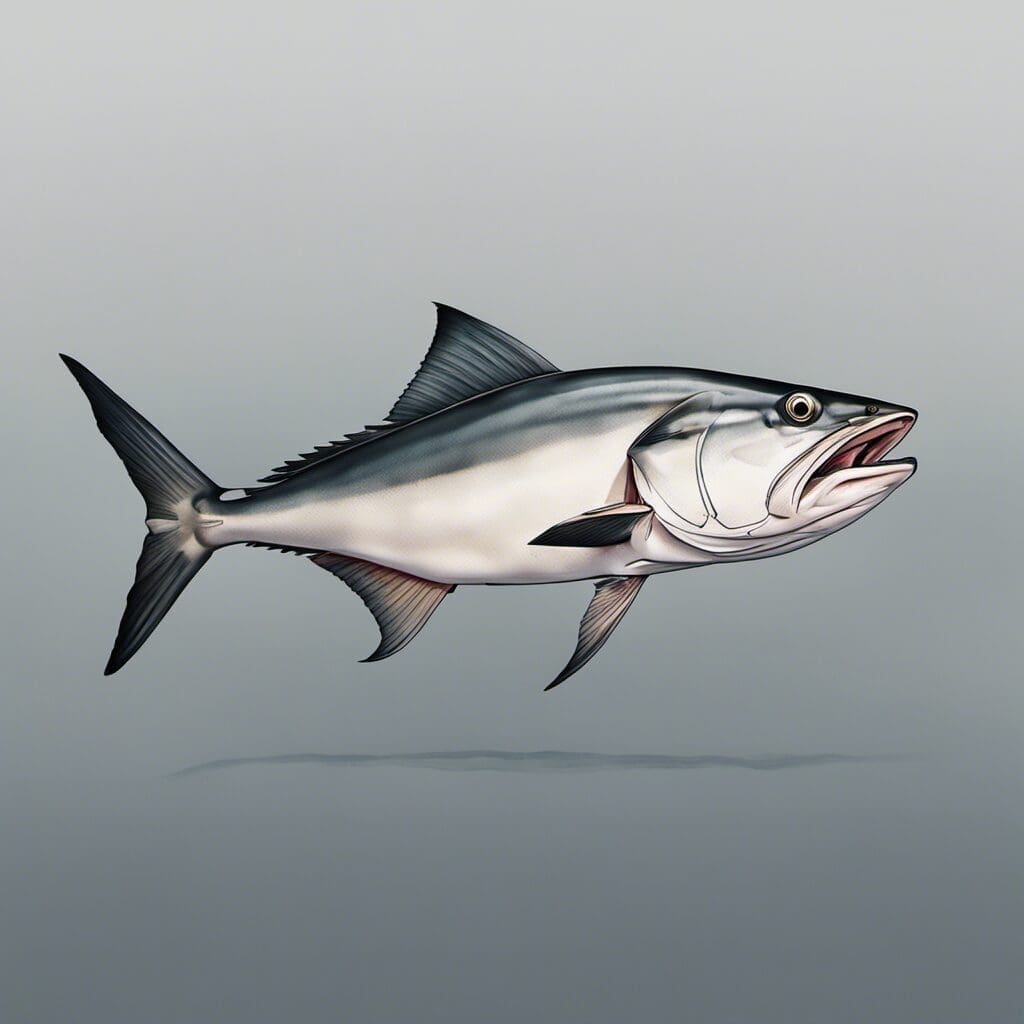Introduction
The Lesser Amberjack (Seriola fasciata) is a species belonging to the family Carangidae, widely known for including significant species for commercial and recreational fishing. They are characterized by their streamlined bodies built for fast swimming and tagged as popular targets for sport fishing.
Conservation Status
The Lesser Amberjack is not globally threatened and has not been evaluated by the IUCN Red List. Regulation and monitoring of commercial and recreational catches ensure the sustainability of the species.
Statistics
| Average | Range | |
|---|---|---|
| Length | 0.5 m (1.6 ft) | 0.3 – 0.8 m (1 – 2.6 ft) |
| Weight | 3.6 kg (8 lbs) | 1 – 5 kg (2.2 – 11 lbs) |
| Life Span | 14 -15 years |
Distribution
Lesser Amberjacks are mainly distributed in the Atlantic Ocean, from Massachusetts to Brazil, including the Gulf of Mexico. They are also found along the Asian coasts, from Japan to Australia. Migration patterns generally involve shifting between deeper and shallower waters depending on the time of year and temperature.
Habitats
Typically, the Lesser Amberjack prefers warm, marine environments and is most commonly found at depths between 55 to 160 meters. They have a temperature tolerance range between 24° – 27°C.
When and Where to See
Best sightings occur in the warmer months, during the day, specifically in shallow waters where they often hunt.
Best Fishing Locations
Noted locations for Lesser Amberjack fishing include:
- The Florida Keys, USA
- South Atlantic Coast, USA
- The Northern Coast of Brazil
- Gulf of Mexico, USA
- Queensland, Australia
- Saga, Japan
How to Catch
Preferred bait or lures include small fish and squid. Techniques range from trolling, bottom fishing, to jigging. It’s best to fish during the warmer months, particularly during the day.
Identification Guide
The Lesser Amberjack is characterized by a slender, elongated body with a distinct lateral line. It has a bronze or dark olive back, radiating into a silver-white belly. It can be differentiated from similar species by its longer pectoral fins.
Culinary Details
Lesser Amberjack provides firm, ivory-colored flesh, with a moderate flavor. They are often grilled, broiled, or pan-seared. Their rich protein content along with vitamins and minerals account for their nutritional value.
Additional Information
Lesser Amberjacks feed on a diet of small fish, crustaceans, and cephalopods. They tend to spawn year-round in warmer waters. Predators include larger pelagic fish and seabirds. Despite not being threatened, overfishing and habitat loss due to coastal development pose challenges.
References and Further Reading
- NOAA Fisheries – Lesser Amberjack
- Fish Base – Lesser Amberjack

